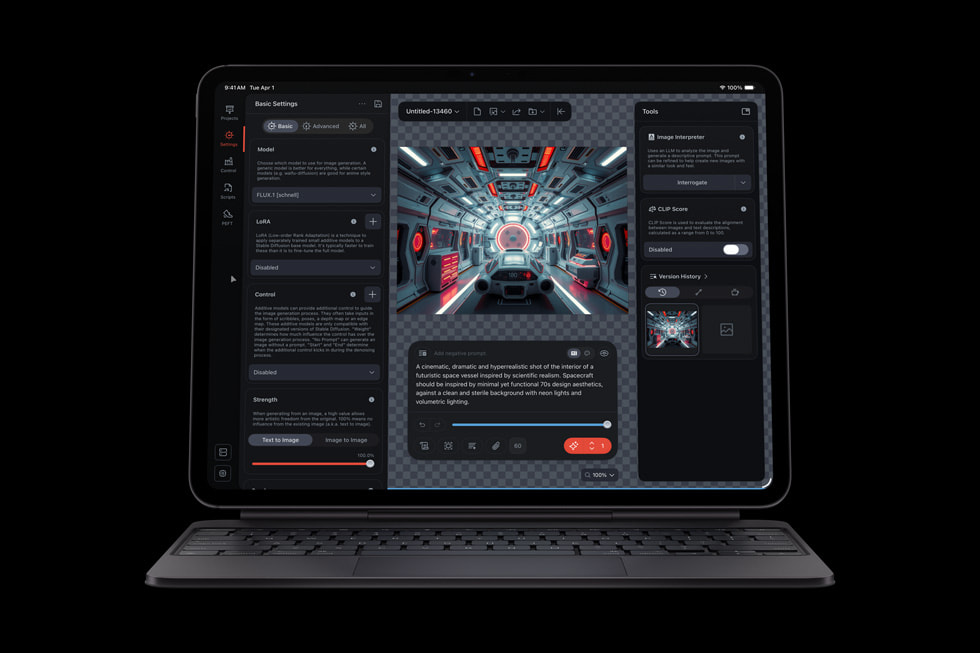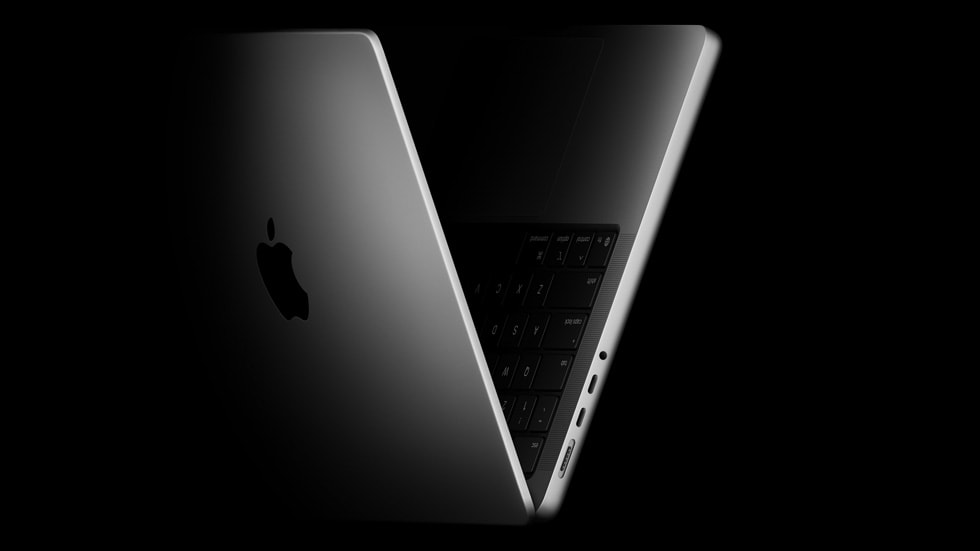Apple just hit the reset button on its entire computing lineup. In a coordinated wave of announcements, the company unveiled a trio of new devices — the iPad Pro, MacBook Pro, and Vision Pro — all powered by its next-generation M5 chip. The message is clear: Apple Silicon’s fifth act isn’t just about speed; it’s about intelligence.
The new M5 family represents Apple’s most ambitious leap in performance and AI integration since it began designing its own chips. The company claims the M5 delivers up to 3.5× faster AI performance than the M4 and as much as 5.6× faster than the original M1. That’s not just a spec bump — it’s a signal that Apple is betting its future on on-device AI.

The M5 Chip: Apple’s AI Powerhouse
Apple’s press release calls the M5 “the next big leap in AI performance for Apple silicon,” and the specs back that up. The chip is built on an advanced 3-nanometer architecture and features a 10-core CPU (four performance cores, six efficiency cores) alongside a 10-core GPU with hardware-accelerated ray tracing.
But the real story is the Neural Engine. Each core in the M5’s GPU now includes a dedicated Neural Accelerator, giving the chip unprecedented parallel processing power for AI tasks. Apple says the M5 can handle tens of trillions of operations per second, enabling real-time generative AI, intelligent photo and video editing, and advanced on-device machine learning.
The M5 also introduces two new companion chips:
- C1X, a custom modem supporting faster 5G and improved power efficiency.
- N1, a new wireless networking chip that brings Wi-Fi 7 and Bluetooth 6 to Apple’s ecosystem.
Together, they form the backbone of Apple’s next decade of connected, AI-driven devices.
iPad Pro: Thinner, Brighter, Smarter

The 2025 iPad Pro is the first device to showcase the M5’s capabilities — and it’s more than just a spec update. At 5.1 mm thin, the 13-inch model is Apple’s slimmest product ever, yet it packs more computing power than many laptops.
Key Specs and Features
- Display: “Ultra Retina XDR” with tandem OLED panels, offering 1600 nits peak HDR brightness.
- Design: Aerospace-grade aluminum with new finishes in Silver and Space Black.
- Connectivity: Wi-Fi 7, Bluetooth 6, Thread, and optional 5G via the C1X modem.
- AI Performance: Up to 6× faster video transcoding and 6.7× faster 3D rendering compared to the M1 iPad Pro.
For professionals, the M5 iPad Pro transforms how creative tools operate. Apps like Final Cut Pro and DaVinci Resolve now leverage the Neural Engine for real-time masking, object tracking, and AI-assisted editing. Artists using Procreate or Adobe Fresco can generate textures and lighting effects on the fly, thanks to Apple’s new Foundation Models framework in iPadOS 26.
The iPad Pro starts at $999 (11-inch) and $1,299 (13-inch), with pre-orders live now and availability beginning October 22, 2025.
iPadOS 26: A Desktop-Class Experience
Apple’s software story is just as significant as its hardware. iPadOS 26 introduces a redesigned interface that blurs the line between tablet and desktop computing. A new Liquid Glass UI adds dynamic translucency and depth, while true windowed multitasking finally arrives for power users.
AI is deeply woven into the system. Apple Intelligence — the company’s expanding suite of on-device AI tools — now supports contextual actions, live translation, and smart document editing. Developers can tap into these features via updated APIs, giving third-party apps access to the M5’s Neural Engine for local inference and model execution.
MacBook Pro with M5: A Serious Power Move

Apple also introduced new 14-inch and 16-inch MacBook Pros powered by M5, M5 Pro, and M5 Max chips. The base M5 model starts at $1,599, while the higher-end versions push performance into workstation territory.
The M5 Max configuration features up to a 12-core CPU and 40-core GPU, making it one of the most powerful laptops on the market. Apple claims the new MacBook Pros deliver up to 2× faster rendering and 30% longer battery life than M3 models.
With Wi-Fi 7, faster SSDs, and enhanced AI acceleration, these laptops are built for developers, 3D artists, and video professionals who need raw compute power without sacrificing portability.
Vision Pro Joins the M5 Lineup

In a surprise addition, Apple also announced that the Vision Pro — its mixed-reality headset — is getting an M5 upgrade. The new model, shipping later this year, includes the M5 chip and a redesigned Dual Knit Band for improved comfort and balance.
The M5’s AI capabilities dramatically enhance the Vision Pro’s real-time spatial processing. Expect smoother hand tracking, faster scene reconstruction, and improved rendering for immersive environments. Apple also teased upcoming developer tools that integrate on-device AI scene understanding, potentially paving the way for more responsive and intelligent AR experiences.
Accessories and Ecosystem Updates
Apple’s new accessories round out the M5 experience:
- Apple Pencil Pro brings haptic feedback, barrel roll sensing, and a new squeeze gesture.
- Magic Keyboard for iPad Pro has been re-engineered with a floating aluminum palm rest and full function row.
- A new 40W Dynamic Power Adapter provides rapid charging, hitting 50% battery in about 30 minutes.

These accessories reinforce Apple’s focus on turning the iPad Pro into a true creative workstation.
Sustainability and Apple 2030
Apple reaffirmed its commitment to environmental responsibility, noting that the M5 devices are built using 30% recycled materials, including 100% recycled aluminum and rare earth elements. Packaging is now 100% fiber-based, and manufacturing runs on 55% renewable energy.
The company remains on track to achieve carbon neutrality across its entire supply chain by 2030.
The Bigger Picture: Apple Bets on AI at the Edge
Apple’s M5 rollout isn’t just a hardware refresh — it’s a strategic pivot. The company is clearly positioning its devices as AI-first platforms, capable of running sophisticated models locally, without cloud dependence.
This approach contrasts sharply with competitors that rely on cloud-based AI processing. By keeping everything on-device, Apple emphasizes privacy, latency, and efficiency, while leveraging its vertical integration across hardware, software, and silicon.
With the M5 powering the iPad Pro, MacBook Pro, and Vision Pro, Apple is signaling that its next decade will be defined by AI performance at the edge — not in the data center.
Availability Summary
- Pre-orders: Open now on apple.com
- Launch date: October 22, 2025
- Starting prices:
- iPad Pro (11-inch): $999
- iPad Pro (13-inch): $1,299
- MacBook Pro (14-inch): $1,599
- Vision Pro (M5): Pricing TBA







